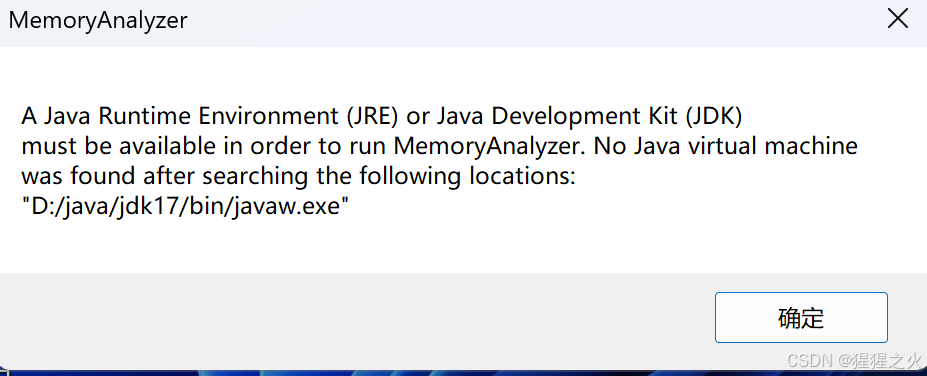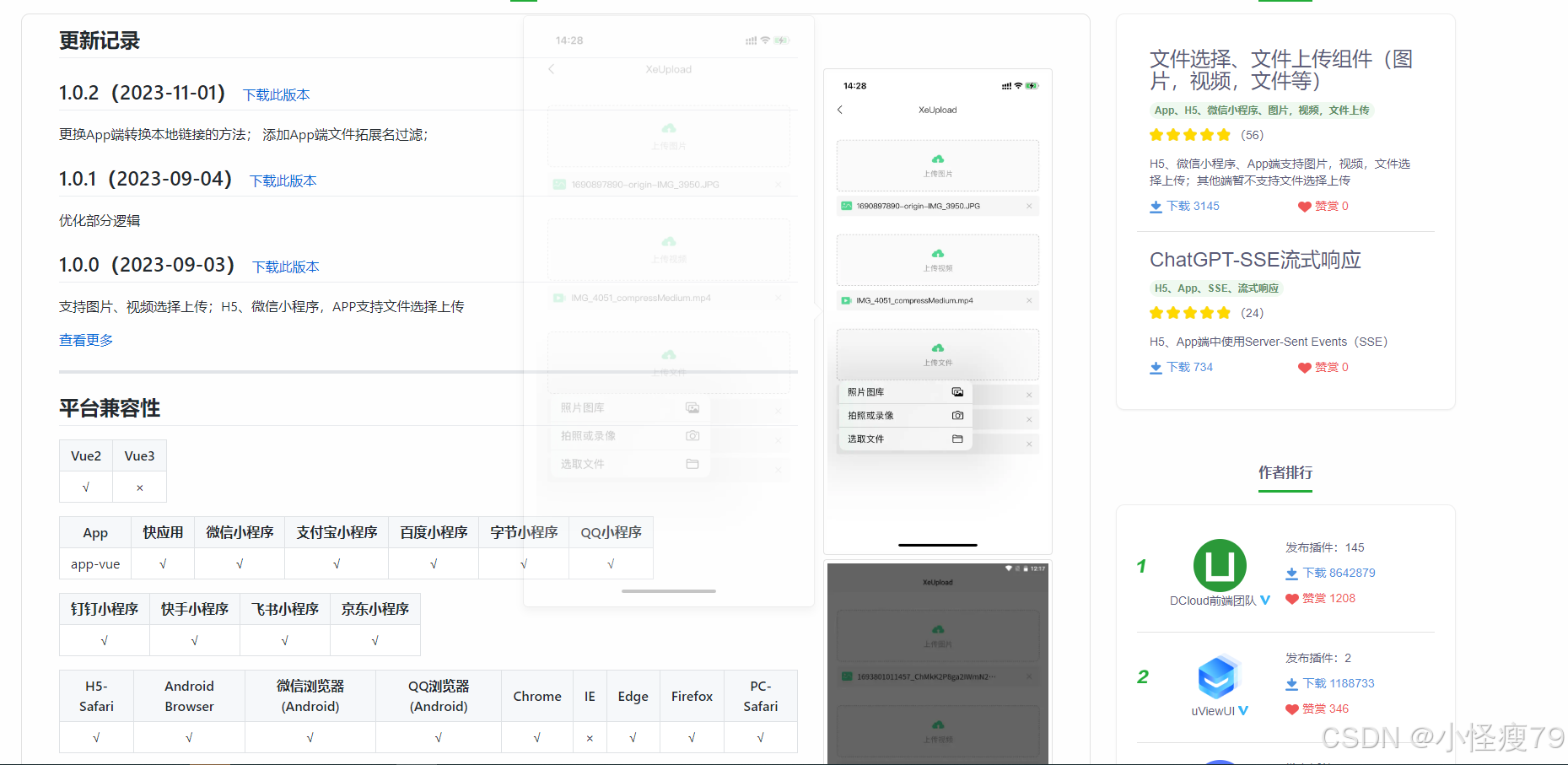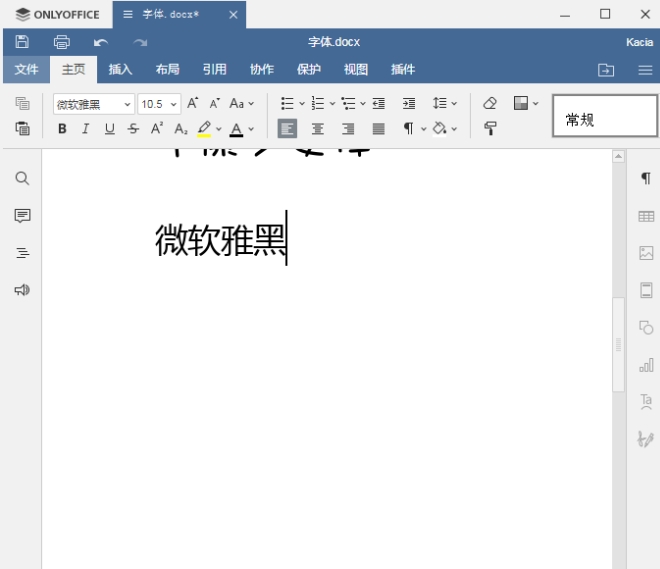基础介绍
单向链表中的每个节点包含数据和指向下一个节点的指针。其特点是每个节点只知道下一个节点的位置,使得数据只能单向遍历。
示意图如下:

双向链表中的每个节点都包含指向前一个节点和后一个节点的指针。这使得在双向链表中可以从前向后或从后向前遍历。
示意图如下:

结合上面的图就很容易明白单、双链表的定义。其中双向链表可以从前向后,也可以从后向前遍历,操作起来也更加方便。
接下来我们看看官方给的例子:
import ("container/list""fmt"
)func Example() {// Create a new list and put some numbers in it.l := list.New()e4 := l.PushBack(4)e1 := l.PushFront(1)l.InsertBefore(3, e4)l.InsertAfter(2, e1)// Iterate through list and print its contents.for e := l.Front(); e != nil; e = e.Next() {fmt.Println(e.Value)}// Output:// 1// 2// 3// 4
}
首先调用list.New()创建一个双向链表,然后添加元素Element,最后从头遍历链表,打印每个元素的值。
从上可以看出,container/list提供了两个结构 List、Element。
- List
- Element
在Java中实现的双向链表也是这样做的,只是元素一般命名为Node而已。
container/list源码分析
Element
// Element is an element of a linked list.
type Element struct {// Next and previous pointers in the doubly-linked list of elements.// To simplify the implementation, internally a list l is implemented// as a ring, such that &l.root is both the next element of the last// list element (l.Back()) and the previous element of the first list// element (l.Front()).next, prev *Element// The list to which this element belongs.list *List// The value stored with this element.Value any
}
Element 一共定义了四个字段,分别是指向前一个节点的 prev,指向下一个节点的 next,存储值的 Value,以及 此元素属于哪个list。
平常自己在定义双向链表 Node 的结构的时候,一般是不会有 list 这个元素的,为什么官方给的有这个元素呢?
- Element 的 list 字段是小写的,那意味着外部使用者是无法获取和定义此字段的,也就是说外部使用者无法通过 Element 来操作 链表。在通篇读过源码后,发现 Element.list 是用于判断插入、移动、删除等操作的元素是否属于此链表,所以我认为增加 list 字段的原因主要是安全性。
比如防止在多维链表操作的时候,错误的加入了不属于此链表的节点,有了 list 字段后,就可以做判断,防止这类情况产生。- 对于Element的扩展字段list可以将其理解为与链表的跟节点root绑定的一个值,通过Element.list可以获取这个链表,从而获取root值,用于一些判断,主要在源码中使用,有链表基础的建议查阅源码学习
Element 只有两个方法,即 Next()、Prev(),源代码如下:
// Next returns the next list element or nil.
func (e *Element) Next() *Element {if p := e.next; e.list != nil && p != &e.list.root {return p}return nil
}// Prev returns the previous list element or nil.
func (e *Element) Prev() *Element {if p := e.prev; e.list != nil && p != &e.list.root {return p}return nil
}
看到这里,官方给的实现方式,并不是简单的 e.prev、e.next,而是多了p != &e.list.root的判断,为什么会有这个判断呢?
因为container/list起始是一个环形链表,那么就需要有一个特殊的节点切断这种环形关系,root就是用来做这个标识的节点。
这样做有什么好处呢?
root 字段是链表的根节点,它并不直接存储数据,而是一个空节点(Element 类型)。这个空节点被用作链表的哨兵节点(Sentinel Node)或者叫做标志节点(Dummy Node)。
这个哨兵节点的作用是为了简化链表的操作。通过将哨兵节点作为链表的根节点,在实际的链表操作中,就无需考虑头节点为空的情况,即空链表和非空链表的操作逻辑变得更加统一和简化。
- 简化逻辑: 哨兵节点的引入避免了对空链表的特殊处理。无论链表是否为空,头节点(哨兵节点之后的第一个节点)始终存在,这样在操作链表时就无需针对空链表做额外的判断。
- 边界条件更清晰: 有了哨兵节点,链表的头部和尾部都有了固定的节点作为标志,使得链表操作时边界条件更加清晰。
- 提高代码的一致性: 通过哨兵节点,链表的操作逻辑更加统一,减少了特殊情况下的代码分支,提高了代码的一致性和可读性。
List
List结构
// List represents a doubly linked list.
// The zero value for List is an empty list ready to use.
type List struct {root Element // sentinel list element, only &root, root.prev, and root.next are usedlen int // current list length excluding (this) sentinel element
}// Init initializes or clears list l.
func (l *List) Init() *List {l.root.next = &l.rootl.root.prev = &l.rootl.len = 0return l
}// New returns an initialized list.
func New() *List { return new(List).Init() }// Len returns the number of elements of list l.
// The complexity is O(1).
func (l *List) Len() int { return l.len }
因为container/list 是一个环形链表,所以只用提供一个节点就可以了。
注意:刚初始化时,即调用New生成的链表对象,此时的 root.next、root.prev 都是指向root 自己的 。当使用 PushBack或者PushFront方法后,root.next 表示 Head Node,root.prev 表示 Tail Node。注意 List.len 的长度是不包含 root 节点的。方法后,root.next 表示 Head Node,root.prev 表示 Tail Node。注意 List.len 的长度是不包含 root 节点的。

获取头尾节点
// Front returns the first element of list l or nil if the list is empty.
func (l *List) Front() *Element {if l.len == 0 {return nil}return l.root.next
}// Back returns the last element of list l or nil if the list is empty.
func (l *List) Back() *Element {if l.len == 0 {return nil}return l.root.prev
}
root.next 表示 Head Node,root.prev 表示 Tail Node。
Go中链表的延迟初始化机制
示例代码:
// 声明一个链表但未初始化,随后使用链表的延迟初始化技术在插入元素时进行初始化(lazyInit)l2 := list.List{}fmt.Println(l2)l2.PushBack(3)fmt.Println(l2)
运行结果:
{{<nil> <nil> <nil> <nil>} 0}
{{0xc0000b62a0 0xc0000b62a0 <nil> <nil>} 1}
使用l2 := list.List{}声明的链表l2,可以正常使用,但仅仅凭借l2这个链表是无法正常使用的,需要结果Go中链表的延迟初始化 机制才可以使用。
查看Go中container/list的源码中的PushBack()方法:
// PushBack inserts a new element e with value v at the back of list l and returns e.
func (l *List) PushBack(v any) *Element {l.lazyInit()return l.insertValue(v, l.root.prev)
}// lazyInit lazily initializes a zero List value.
func (l *List) lazyInit() {if l.root.next == nil {l.Init()}
}// Init initializes or clears list l.
func (l *List) Init() *List {l.root.next = &l.rootl.root.prev = &l.rootl.len = 0return l
}
通过上述源码可以看到lazeInit()这个函数,这个函数就是链表的延迟初始化技术,只有在使用到的时候才对链表进行初始化。
- 延迟初始化:把初始化操作延后,仅在实际需要的时候才进行。延迟初始化的优点在于“延后”,它可以分散初始化操作带来的计算量和存储空间消耗。
例如,如果我们需要集中声明非常多的大容量切片的话,那么那时的 CPU 和内存空间的使用量肯定都会一个激增,并且,只有设法让其中的切片及其底层数组被回收,内存使用量才会有所降低。
如果数组是可以被延迟初始化的,那么计算量和存储空间的压力就可以被分散到实际使用它们的时候。这些数组被实际使用的时间越分散,延迟初始化带来的优势就会越明显。:可以对照Java中的数组的扩容,以及Go中切片的扩容都是延迟化思想的体现。
- 延迟初始化是否有缺点以及Go是如何减小延迟初始化对链表操作的影响
延迟初始化的缺点恰恰也在于“延后”,如果我在调用链表的每个方法的时候,它们都需要先去判断链表是否已经被初始化,那这也会是一个计算量上的浪费。在这些方法被非常频繁地调用的情况下,这种浪费的影响就开始显现了,程序的性能将会降低。
>在Go语言链表设计中只对插入操作如:PushFront方法、PushBack方法、PushBackList方法以及PushFrontList方法在执行时总是会先判断链表的状态,并在必要时进行初始化,一旦初始化后,后续在执行这些方法的时候就无需进行初始化,可以直接使用。
- 此外在Go语言设计中对于删除元素、移动元素,以及一些用于插入元素的方法中,只要判断一下传入的元素中指向所属链表的指针,是否与当前链表的指针相等就可以了。如果不相等,就一定说明传入的元素不是这个链表中的,后续的操作就不用做了。反之,就一定
说明这个链表已经被初始化了。此时使用到Element元素的list属性,这个操作是内部源码调用的。
// Remove removes e from l if e is an element of list l.
// It returns the element value e.Value.
// The element must not be nil.
func (l *List) Remove(e *Element) any {if e.list == l {// if e.list == l, l must have been initialized when e was inserted// in l or l == nil (e is a zero Element) and l.remove will crashl.remove(e)}return e.Value
}
- 对于Front方法和Back方法,只需对链表的长度进行判断即可,一旦发现链表的长度为0直接返回nil就好了。
container包中的list和ring包中的List和Ring的区别
container/ring包中的Ring类型实现的是一个循环链表,也就是我们俗称的环。其实List在内部就是一个循环链表。它的根元素永远不会持有任何实际的元素值,而该元素的存在,就是为了连接这个循环链表的首尾两端。
所以也可以说,List的零值是一个只包含了根元素,但不包含任何实际元素值的空链表。那么,既然Ring和List在本质上都是循环链表,那它们到底有什么不同呢?最主要的不同有下面几种。
- Ring类型的数据结构仅由它自身即可代表,而List类型则需要由它以及Element类型联合表示。这是表示方式上的不同,也是结构复杂度上的不同。
- 一个Ring类型的值严格来讲,只代表了其所属的循环链表中的一个元素,而一个List类型的值则代表了一个完整的链表。这是表示维度上的不同。
- 在创建并初始化一个Ring值的时候,我们可以指定它包含的元素的数量,但是对于一个List值来说,却不能这样做(也没有必要这样做)。循环链表一旦被创建,其长度是不可变的。这是两个代码包中的New函数在功能上的不同,也是两个类型在初始化值方面的第一个不同。
- 仅通过var r ring.Ring语句声明的r将会是一个长度为1的循环链表,而List类型的零值则是一个长度为0的链表。别忘了List中的根元素不会持有实际元素值,因此计算长度时不会包含它。这是两个类型在初始化值方面的第二个不同。
- Ring值的Len方法的算法复杂度是 O(N) 的,而List值的Len方法的算法复杂度则是 O(1)的。这是两者在性能方面最显而易见的差别。其他的不同基本上都是方法方面的了。比如,循环链表也有用于插入、移动或删除元素的方法,不过用起来都显得更抽象一些,等等。
上述内容参考极客时间Go语言核心36讲
Go语言提供的链表常用API
// Remove removes e from l if e is an element of list l.
// It returns the element value e.Value.
// The element must not be nil.
func (l *List) Remove(e *Element) any {if e.list == l {// if e.list == l, l must have been initialized when e was inserted// in l or l == nil (e is a zero Element) and l.remove will crashl.remove(e)}return e.Value
}// PushFront inserts a new element e with value v at the front of list l and returns e.
func (l *List) PushFront(v any) *Element {l.lazyInit()return l.insertValue(v, &l.root)
}// PushBack inserts a new element e with value v at the back of list l and returns e.
func (l *List) PushBack(v any) *Element {l.lazyInit()return l.insertValue(v, l.root.prev)
}// InsertBefore inserts a new element e with value v immediately before mark and returns e.
// If mark is not an element of l, the list is not modified.
// The mark must not be nil.
func (l *List) InsertBefore(v any, mark *Element) *Element {if mark.list != l {return nil}// see comment in List.Remove about initialization of lreturn l.insertValue(v, mark.prev)
}// InsertAfter inserts a new element e with value v immediately after mark and returns e.
// If mark is not an element of l, the list is not modified.
// The mark must not be nil.
func (l *List) InsertAfter(v any, mark *Element) *Element {if mark.list != l {return nil}// see comment in List.Remove about initialization of lreturn l.insertValue(v, mark)
}// MoveToFront moves element e to the front of list l.
// If e is not an element of l, the list is not modified.
// The element must not be nil.
func (l *List) MoveToFront(e *Element) {if e.list != l || l.root.next == e {return}// see comment in List.Remove about initialization of ll.move(e, &l.root)
}// MoveToBack moves element e to the back of list l.
// If e is not an element of l, the list is not modified.
// The element must not be nil.
func (l *List) MoveToBack(e *Element) {if e.list != l || l.root.prev == e {return}// see comment in List.Remove about initialization of ll.move(e, l.root.prev)
}// MoveBefore moves element e to its new position before mark.
// If e or mark is not an element of l, or e == mark, the list is not modified.
// The element and mark must not be nil.
func (l *List) MoveBefore(e, mark *Element) {if e.list != l || e == mark || mark.list != l {return}l.move(e, mark.prev)
}// MoveAfter moves element e to its new position after mark.
// If e or mark is not an element of l, or e == mark, the list is not modified.
// The element and mark must not be nil.
func (l *List) MoveAfter(e, mark *Element) {if e.list != l || e == mark || mark.list != l {return}l.move(e, mark)
}// PushBackList inserts a copy of another list at the back of list l.
// The lists l and other may be the same. They must not be nil.
func (l *List) PushBackList(other *List) {l.lazyInit()for i, e := other.Len(), other.Front(); i > 0; i, e = i-1, e.Next() {l.insertValue(e.Value, l.root.prev)}
}// PushFrontList inserts a copy of another list at the front of list l.
// The lists l and other may be the same. They must not be nil.
func (l *List) PushFrontList(other *List) {l.lazyInit()for i, e := other.Len(), other.Back(); i > 0; i, e = i-1, e.Prev() {l.insertValue(e.Value, &l.root)}
}贴一个其他博主使用Go中的container/list实现的一个二维链表
有了上面的基础后,我们再来实战下。
需求:实现一个二维链表,要求第一维以价格从低到高排序,第二维以时间从小到大排序。
package mainimport ("container/list""fmt""sort""strings""time"
)type Order struct {Price float64CreatedTime time.Time
}// TwoDList 二维链表,要求第一维以价格从低到高排序,第二维以时间从小到大排序。
type TwoDList struct {// 索引相同,即表示价格相同,同一索引的链表节点,越靠后时间越大// 索引越大,价格越高Rows []*list.List
}func NewTwoDList() *TwoDList {return &TwoDList{Rows: make([]*list.List, 0),}
}func (tdl *TwoDList) AddNode(price float64, createdTime time.Time) {order := &Order{Price: price, CreatedTime: createdTime}// 1、index := sort.Search(len(tdl.Rows), func(i int) bool {return tdl.Rows[i].Front().Value.(*Order).Price >= order.Price})if index == len(tdl.Rows) {// 此价格不存在 tdl 中, 新增newList := list.New()newList.PushFront(order)tdl.Rows = append(tdl.Rows, newList)return}// 判断 index 处的价格是否和 order.Price 相等,// 相等, 则往链表添加// 不相等, 则需要先将 index 之后的往后移一位if order.Price != tdl.Rows[index].Front().Value.(*Order).Price {newList := list.New()newList.PushFront(order)// 插入元素 newListtdl.Rows = append(tdl.Rows[:index], append([]*list.List{newList}, tdl.Rows[index:]...)...)return}// 时间从小到大排curRow := tdl.Rows[index]insertPosition := curRow.Front()for insertPosition != nil && order.CreatedTime.After(insertPosition.Value.(*Order).CreatedTime) {insertPosition = insertPosition.Next()}if insertPosition == nil {curRow.PushBack(order)} else {curRow.InsertBefore(order, insertPosition)}
}func (tdl *TwoDList) Print() {for i, row := range tdl.Rows {fmt.Printf("index: %d\n", i)for node := row.Front(); node != nil; node = node.Next() {order := node.Value.(*Order)fmt.Printf("order price: %f, time: %v \n", order.Price, order.CreatedTime)}fmt.Println(strings.Repeat("-", 20))}
}func main() {// 创建一个新的二维链表myTwoDList := NewTwoDList()// 向二维链表添加节点myTwoDList.AddNode(100, time.Now())myTwoDList.AddNode(75, time.Now().Add(time.Hour))myTwoDList.AddNode(75, time.Now().Add(time.Hour))myTwoDList.AddNode(150, time.Now().Add(2*time.Hour))myTwoDList.AddNode(75, time.Now().Add(3*time.Hour))myTwoDList.AddNode(200, time.Now().Add(4*time.Hour))// 打印二维链表myTwoDList.Print()
}
参考链接
博客园-点击



















